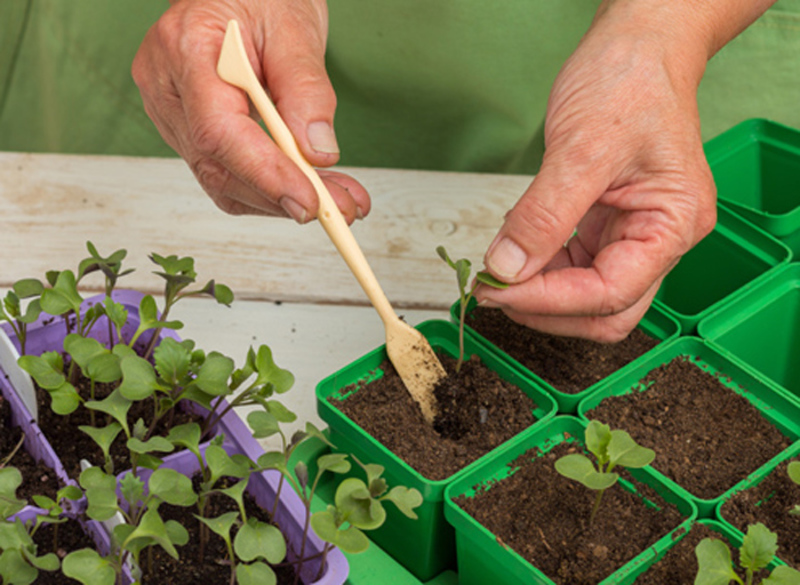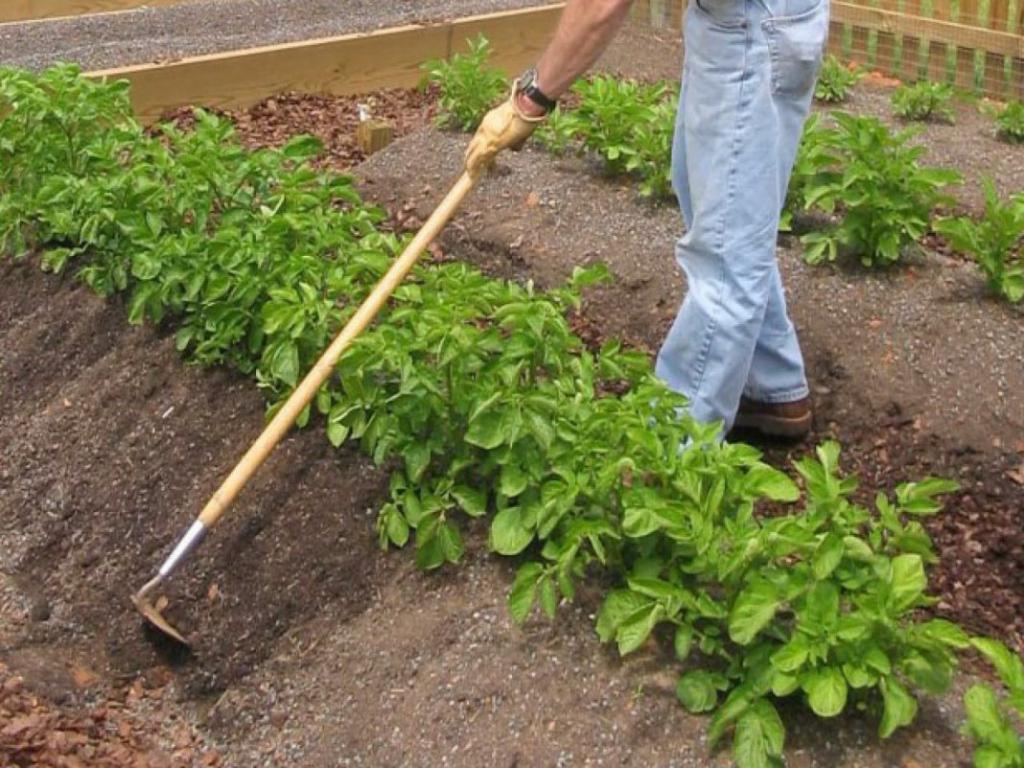The root is an important organ of the plant. It performs several vital functions: it provides soil nutrition, keeps the plant in the soil, participates in vegetative propagation, and in some cases creates a supply of nutrients. In the article, special attention will be paid to the subordinate roots and their functions are considered.
Historical Root Development
According to phylogenetics, which identifies evolutionary changes among different types of life on Earth, the root of the plant appeared later than the stem and leaf. This happened during the transition of plants to existence on earth. To fix on solid soil, they needed special organs, the beginning of which were underground branches, similar to roots, which later turned into roots. They do not contain leaves and buds and grow in length due to the division of apical cells.
Lateral and subordinate roots arise from tissues contained inside the roots and stems, the growth point of which is protected by a root cover to protect against damage. The root system does not stop forming during the whole life and development of the plant.
The main functions of the root
The root is the axial, mainly underground part of the higher vascular plant, which has unlimited growth in length down to the center of the globe. The main functions of the roots are as follows:
- absorb mineral substances from the soil with water;
- lay down nutrients;
- fix and fix the plant in the soil;
- interact with organisms located in the ground: bacteria and fungi;
- synthesize hormones, enzymes and amino acids;
- promote reproduction;
- provide breathing.
Types of Roots
The root system of a plant consists of the totality of all roots. All of them vary in importance and origin. There are three types of roots:
- The main thing is that its development comes from the germinal root of the seed. It grows indefinitely and is always directed down to the center of the globe, and it has an active apical tissue that retains the ability to divide and form new cells for a long time.
- Accessory - in appearance they are similar to the side and perform the same functions. Subsidiary roots form from leaves, stems, and old roots. Due to their development, the plant is able to reproduce vegetatively.
- Lateral - develop on other roots of any origin, are formations of the second and following branching orders. Their occurrence occurs with the division of a special meristem (educational tissue capable of dividing) located on the peripheral section of the central root cylinder.
Each of the roots: the main lateral and subordinate, are able to branch. And this significantly increases the root system, which improves plant nutrition and strengthens it in the soil.
Classification of root systems by origin and form
The totality of all the roots of the plant: the main, lateral and subordinate forms the root system. They are distinguished by three types:
- Stem - the development of the main root predominates in the plant. It is long and significantly exceeds the lateral ones in thickness. The core system is characteristic of many dicotyledons: clover, beans, dandelion.
- Fibrous - subordinate roots prevail, as well as lateral. The main thing is that it develops slowly and stops growth early. Such a root system is inherent in rye, onion, corn.
- Mixed - with a large main root, can be rod, fibrous - with the same size of all roots.
Often inside one system, roots perform various functions:
- skeletal, support the plant;
- growth - marked growth and slight branching;
- sucking ones are thin, branching profusely.
Classification of roots by origin
By origin, the roots are divided into several types. The main root is formed from the root of the embryo and includes the main root and lateral roots of several orders. Such a system is observed in most of the trees and shrubs, as well as in grassy ones, the embryo of which contains only one cotyledon and a number of dicotyledonous perennials.
Adjunct root - it forms on leaves, stems, old roots, and sometimes on flowers. Such a source of roots is considered primitive, because it is characteristic of spore plants. Mixed - found in plants with one and two germinal lobes. First, the main root begins to grow and develop from the seed, but by the fall of the first year of life, its growth stops, and the main root system makes up a small part of the entire root system. In the second and subsequent years, subordinate roots are formed in the internodes, nodes, above and below the nodes. After about three years, the main root dies and only the roots on the stems and leaves remain in the plant.
Root system formation
When the tip of the root is damaged, its growth in length stops. In this case, many lateral roots begin to form, which are located not deeply in the fertile soil layer. Using this property, for example, replanting cabbage, pinch off (the technique is called pinching) the tip of the main root and transplant the plant with a stick (peaks) - dive the plant.

It, with a well-developed root system, receives more nutrients and water, so it grows and develops faster. It is possible to increase the number of roots in the nutrient layer of the earth with the help of hilling. For this, the near-earthly trunk of the plant is covered with soil, then the adventitious roots grow from it, obtaining additional nutrition. Hilling is usually carried out after rain or heavy watering at a plant height of not less than 20 cm, and repeated - after two weeks. During this procedure, the soil loosens, which ensures good root growth. In summer cottages, for example, for hilling potatoes, hoes are used, and in the fields different types of hills are used.
The root system of cereals
Among flowering plants, cereals occupy a special position. They are divided into cultural and meadow. A fibrous root system is characteristic of all. It is formed with an underdeveloped main and early replacement by the additional roots of the plant. They are laid even in the stalk of the embryo and begin development during seed germination along with the main root. And after a few days, secondary roots begin to appear, which are formed from underground stem nodes. And in crops such as sorghum and corn, the development of roots occurs from aboveground nodes that are close to the upper soil layer. They help the plant maintain stability during strong winds. The primary roots of cereals penetrate to great depths, but their bulk is located in the upper, fertile layer.
The dependence of the roots on natural conditions
The main root of plants containing an embryo with two cotyledons usually lasts the entire period of their existence. The germinal root of monocotyledons, on the contrary, quickly dies, the development of the main root does not occur, and branching of the roots of several orders begins to occur from the base of the shoot. Subsidiary roots on leaves and stems develop. This feature of plants is used for propagation by both leafy and stem cuttings. In the first way, begonia, violet are planted, in the second - blackcurrant, willow, poplar. Underground cuttings (rhizomes) are often used to propagate medicinal plants - bought, lily of the valley.

Higher spore plants - fern and horsetail - do not have a main root at all, their roots branch only from the rhizome. In some dicotyledons (nettles, dreams), the main root often dies away, but others appear, departing from the rhizomes. The roots of the rod system penetrate deepest into the earth. But the fibrous roots of plants prevent soil erosion and are involved in the creation of turf cover. The root system of plants in different natural zones and on different soils is not the same. It is known that the roots can go up to 40 meters or more in depth in deserts, with deep occurrence of groundwater. But the ephemera, with a superficial rooting, due to lack of moisture adapted for a short period of time to go through all phases of vegetation. The roots of the saxaul shrub that grows in the desert feed on water at different times of the year from unequal layers of the earth. The development of the root system in each plant species depends on natural conditions, but at the same time it is the same for one species.
Conclusion
Without roots, the life of higher vascular plants is impossible. To obtain good nutrition, including minerals and water, a developed root system is required, consisting of lateral, main and subordinate roots.
In addition, the roots hold the plant in the soil, protecting it from torrential rains and strong winds, and also contribute to reproduction. Yes, and they beneficially affect the soil, strengthening its upper layer in loose, sandy, making loamier clay and rocky soils.